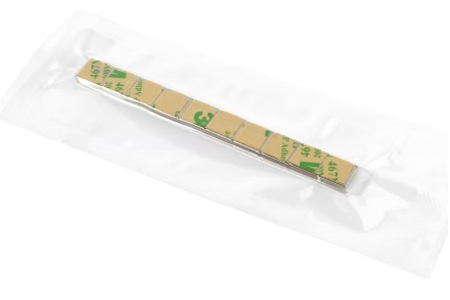Sintered ndfeb magnets, as one of the materials that promote contemporary technology and social progress, are widely used in the following fields: computer hard drives, nuclear magnetic resonance imaging, electric vehicles, wind power, industrial permanent magnet motors, consumer electronics (CD, DVD, mobile phones, Audio, copiers, scanners, cameras, cameras, refrigerators, televisions, air conditioners, etc.) and magnetic machinery, magnetic levitation technology, magnetic transmission and other industries.
In the past 30 years, the permanent magnet material industry has developed vigorously, with its magnetic properties constantly breaking new records, and the variety and grades of materials have been increasing. With the expansion of the market, its manufacturers are increasing, and many customers will inevitably fall into this confusion. How to judge the performance of sintered ndfeb magnets? We have to be clear that the guarantee of magnet performance comes from the control of the raw material production process. It can be judged from the following aspects.
Ⅰ. The choice of raw materials should be based on the requirements of the company to manufacture high-end or mid-end or low-end sintered ndfeb magnets, and the raw materials should be selected according to the raw material composition specified by the national standard.
Ⅱ. Whether the production technology of the magnet is advanced or not directly determines the performance and quality of the magnet. The current advanced technologies are scale ingot (SC) technology, hydrogen crushing (HD) technology and jet mill (JM) technology. Small-capacity vacuum induction smelting furnaces (10kg, 25kg, 50kg) have been replaced by large-capacity (100kg, 200kg, 600kg, 800kg) vacuum induction furnaces. SC (StripCasting) quick-setting cast sheet technology has gradually replaced large ingots (ingots with a thickness greater than 20-40mm in the cooling direction), and hydrogen crushing (HD) technology and jet mill (JM) have replaced jaw crushers, disc mills, and ball mills (wet milling), which ensure the uniformity of the powder, and are conducive to liquid phase sintering and grain refinement.
Ⅲ. In terms of magnetic field orientation, China is a country that adopts two-step compression molding. It uses small pressure vertical compression molding during orientation, and then adopts quasi-isostatic compression molding. This is one of the characteristics of China's sintered ndfeb magnets industry.
Ⅳ. Quality control. The monitoring of the quality of the production process is very important, and it can be controlled by testing methods such as SC sheet thickness measurement and JM powder particle size distribution. Products depend on the control of the production process, but customers must be very confused: how to judge the performance of the purchased products? The Institute of Metrology has developed a variety of models of permanent magnetic material technology magnetic parameter measuring instruments. The pulsed magnetic field magnetometer (PFM) is a testing instrument for testing ultra-high coercivity permanent magnets, mainly to adapt to the high coercivity permanent magnets required by the electric vehicle field and large permanent magnet motors. Customers can select the NdFeB grade they need according to the magnet parameters Br (remanence), Hcb (coercivity), Hcj (intrinsic coercivity), (BH)max (large magnetic energy product). At the same time, these four parameters are the criteria for judging whether the product is produced in accordance with customer requirements.




